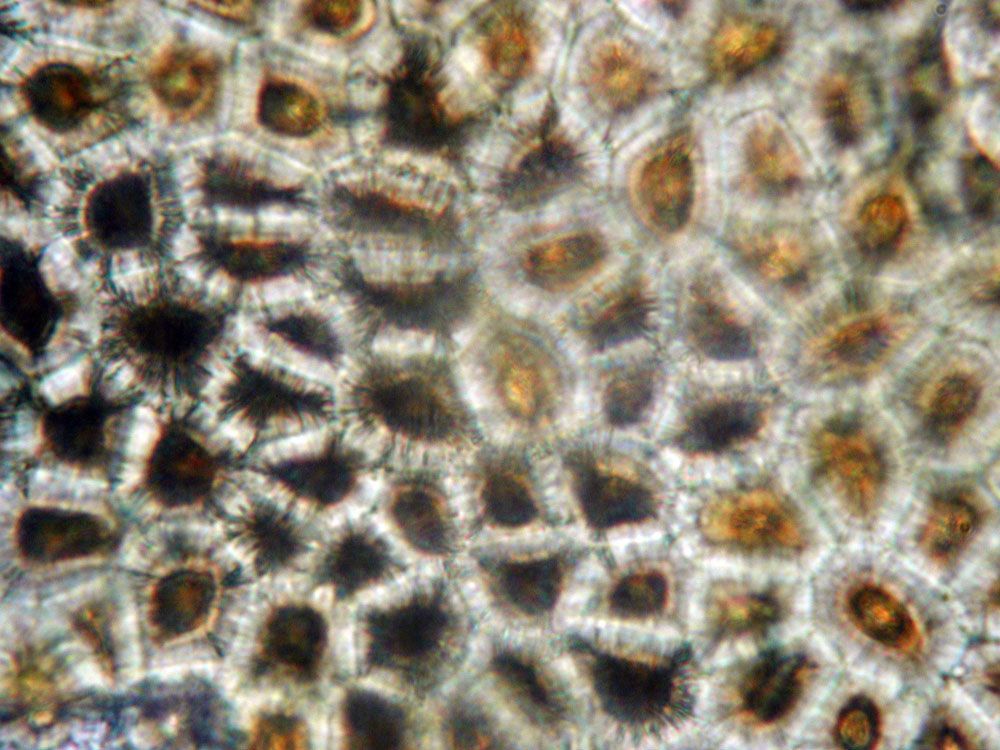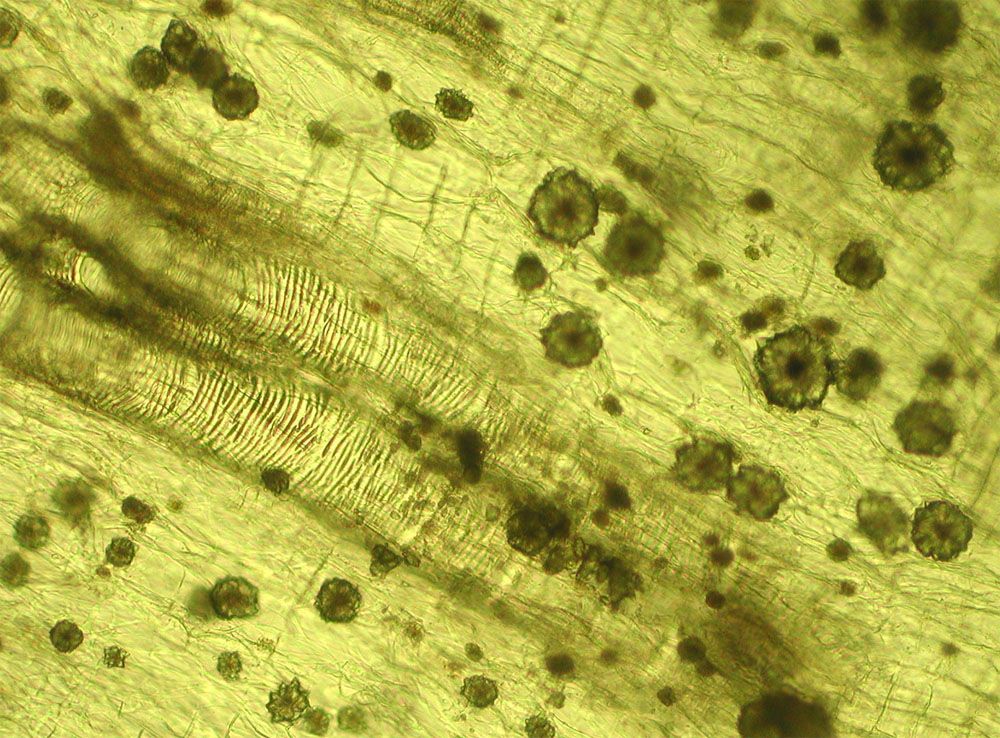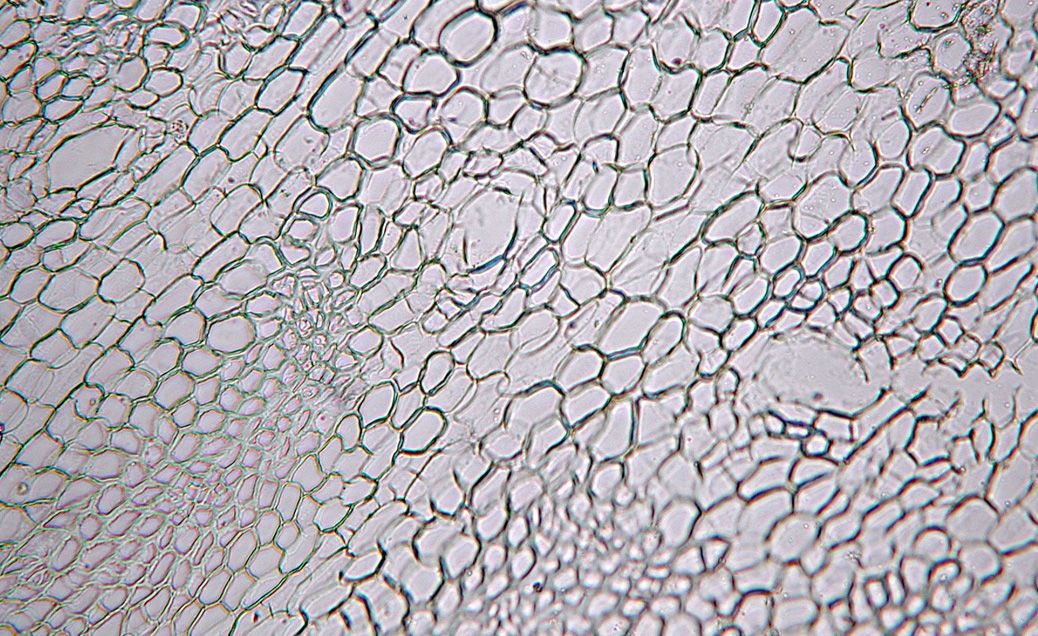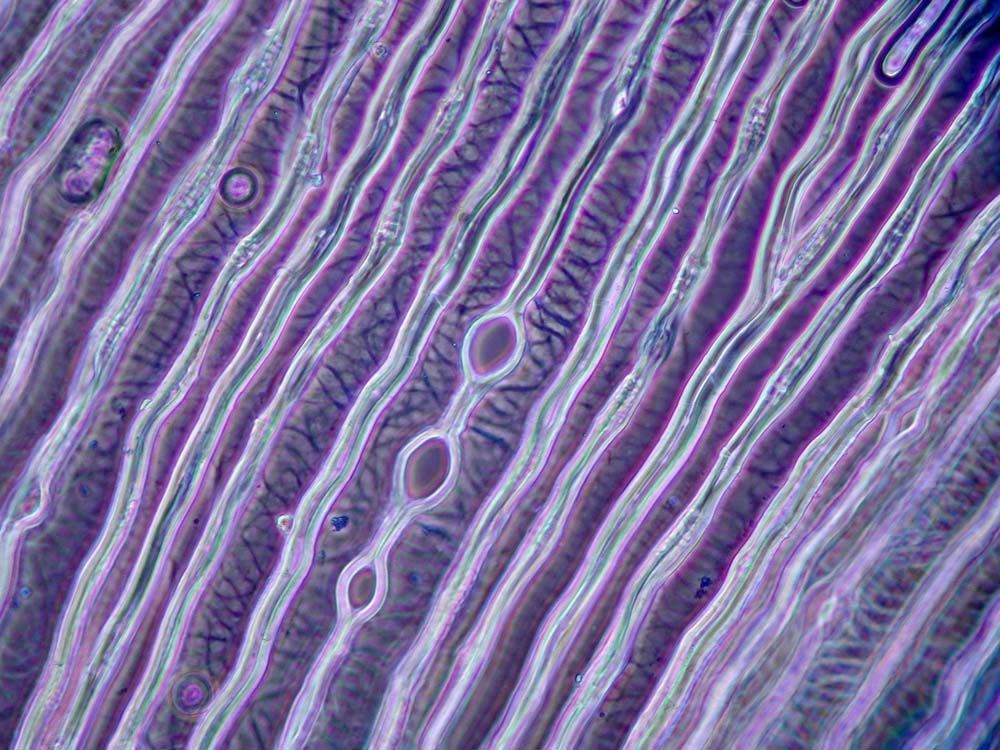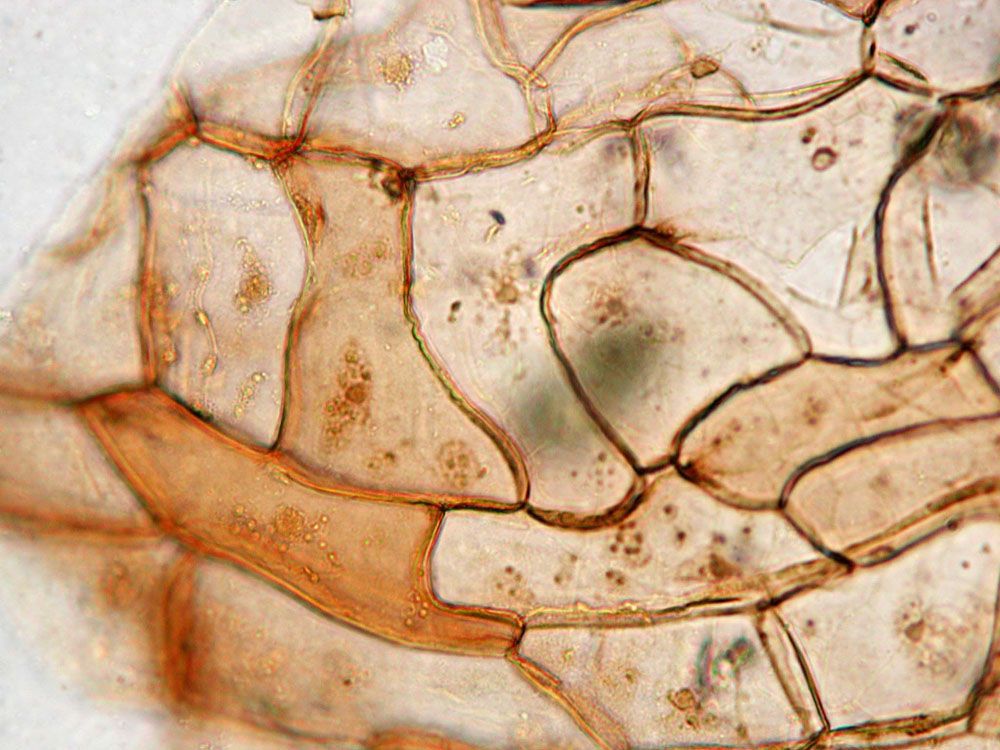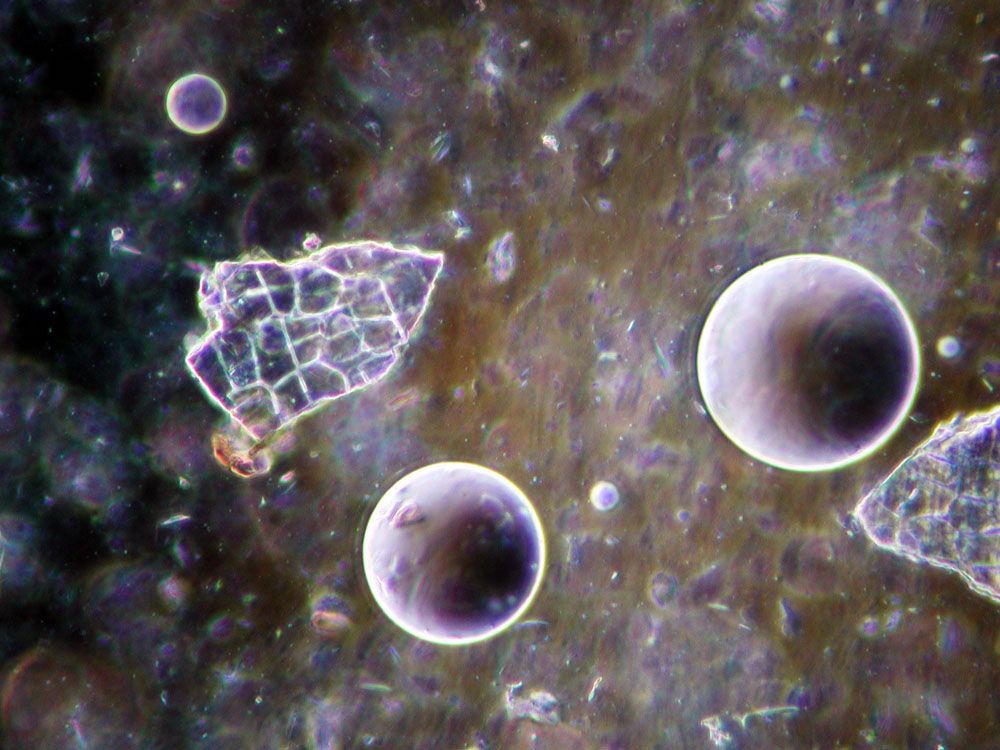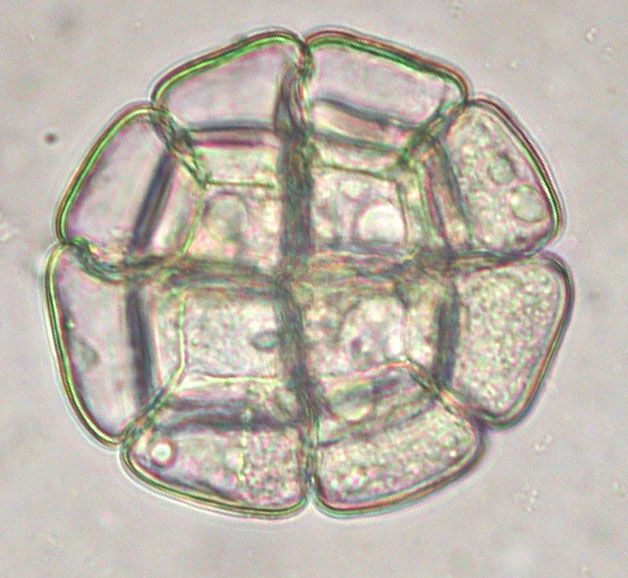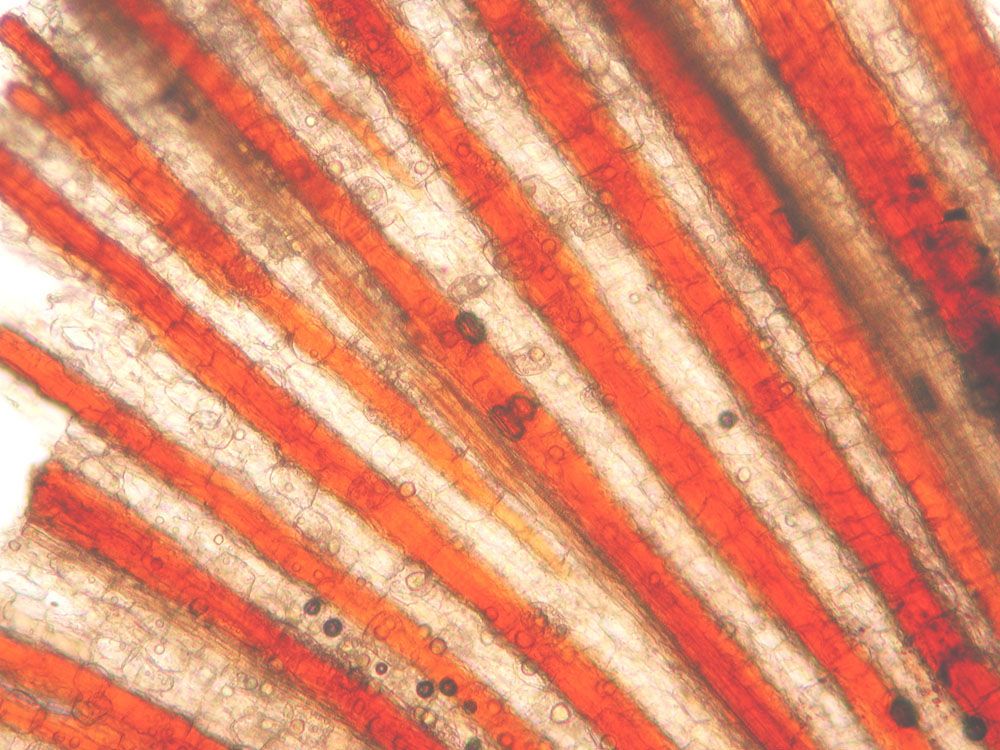Interstitial Pneumonia and Kampo Medicine
Since 1989, reports of various forms of interstitial pneumonia have appeared in medical literature, which were evidently ascribed to Kampo formulas. Over the years, the number of annually published cases has increased; the last of these was reported on recently – in Japanese (1). In 1997, a japanese publication with a larger case series was released, and in 2017 a review, which contribute additional information about the correlations.
Cases during treatment with the formula Sho-saiko-to
The case series documented by Sato et al. (2) with 94 cases occurring between January 1988 and January 1990, relates exclusively to the formula Sho-saiko-to, which corresponds to the Chinese formula Xiao chai hu san. 72 of the cases were confirmed by a committee of experts to have been caused by this Kampo formula. Sho-saiko-to is very commonly used in Japan in cases of hepatopathies of various types. 78% of patients in this series had chronic hepatitis or liver cirrhosis, a further 21 % had liver dysfunction, 76.5% tested positively for hepatitis-C antibodies.
Treatment duration until the onset of interstitial pneumonia was on average 50 days. The symptoms comprised cough, dyspnea and fever. C-reactive protein rose on average only slightly (5,7 mg/dl), and LDH rose significantly. The bronchoalveolar lavage contained high proportions of both neutrophils and lymphocytes with a low CD4/DC8 ratio. X-rays showed ground-glass shadows and/or ring-like shadows, infiltrations or combinations thereof. In 7 cases a re-exposition was carried out, which confirmed the diagnosis of Sho-saiko-to induced pneumonia. 8 patients died despite a high-dose therapy with steroids. Non-survival was associated with pre-existing lung disease and longer continued intake of the Kampo medicine after the onset of pneumonia.
Possible trigger factors
The high proportion of patients with hepatitis-C infection is striking. A correlation between idiopathic pulmonary fibrosis and positive hepatitis-C antibodies has been reported. It is possible that a past hepatitis-C infection acts as a trigger for interstitial pneumonia. Some authors explain the occurrence of interstitial pneumonia by the simultaneous use of Kampo medicine and interferon, since interferon alone can trigger this complication. This may be a valid factor, however it only held true for 6 of the patients in this series. For 3 further patients, other chemical drugs came into question, and one patient had taken 2 additional Kampo formulas.
The review by Enomoto et al. (3) deals with 73 cases published between 1996 and 2015 (mostly in Japanese), which were associated with various Kampo formulas. The average age of patients was 63 years; males were predominantly affected. 89% of patients developed pneumonia within 3 months, and 10 of those, within one week. The symptoms and paraclinical characteristics corresponded largely with data reported by Sato et al. On average, eosinophils rose only marginally; several patients however had high levels, which indicates an allergic aetiology. The diagnosis was confirmed for 13 patients either by a provocation test or by an unintentional re-exposition.
70% of the patients required oxygen, 18% assisted ventilation. 36% of patients improved simply by discontinuing intake of the formula, the rest required immunosuppressive therapy in the form of corticosteroids. 3 patients did not survive.
The causative medicines
An interesting aspect of the review is that it presents an analysis of the underlying formulas and the respective individual drug components. The most common formulas were Sho-saiko-to: 26%, Sairei-to: 16% and Seishin-renshi-in and Bofu-tsusho-san: 8%, respectively. However, a further 16 formulas and 1 nutritional supplement containing Scutellariae Radix were involved in the review.
Considering the individual drug components, Scutellariae Radix occurs in 86% of the formulas, Glycyrrhizae Radix in 85%, Ginseng Radix in 62%, Bupleuri Radix in 59% and Pinelliae Tuber in 58% of the formulas. Thus the reactions cannot be attributed to a single drug or pair of drugs alone. The formula Gosha-jinki-gan for example, which is involved in 4% of cases, contains none of the single components mentioned.
Parallelism with liver injuries
The frequency of Scutellariae Radix is certainly striking, while this is less true for Glycyrrhizae Radix, because this drug is the most often prescribed and is therefore automatically a component of many formulas. Those familiar with Kampo medicine will quickly notice that more or less the same formulas that are linked to interstitial pneumonia are also associated with the frequent liver injuries occurring in Japan. Sho-saiko-to occupies first place here, too. Suspicion lies particularly with the individual components Scutellariae Radix and Bupleuri Radix, which often occur together. The Japanese frequently use the lymphocyte stimulation test to determine causality, focussed mainly on Scutellariae Radix, however the lymphocyte stimulation test is relatively non-specific. Other authors concentrate solely on Bupleuri Radix. In the review presented, Scutellariae Radix plays a greater role.
The patho-mechanisms of the interstitial pneumonias are just as unclear as those of the liver injuries. Interstitial pneumonia may occur as a complication during treatment with many medications and manifest itself in different forms which are not typical for any particular medication. In the case of the liver reactions, which were particularly prevalent in Japan, it should be noted that the formula Sho-saiko-to is most commonly prescribed for patients with and in fact because of liver conditions. A patho-mechanism common to liver reactions and interstitial pneumonia is emphasized by two case reports among the Pub Med publications in which both entities occurred simultaneously during treatment with Kampo formulas and abated again after the medication was discontinued (4, 5).
Exclusively in Japan to date
Curiously interstitial pneumonia as a side effect of naturopathic medicine has evidently only been observed in Japan. Since 1994, therapy with interferon is contraindicated for Sho-saiko-to; in 1996, the Japanese Ministry of Health issued an official warning of interstitial pneumonia as a side effect.
A group of Chinese authors has determined that no reports exist in Chinese literature about interstitial pneumonia or drug-induced liver injury during treatment with Xiao chai hu tang (6). Even though this must be somewhat relativised in relation to drug-induced liver injury – we found one case from Taiwan (7) – and Chinese pharmacovigilance has not proven very effective in the past, there is nonetheless an unquestionably huge discrepancy in comparison to the Japanese cases. In other countries too, we know of no other cases of interstitial pneumonia, although this does not apply to drug-induced liver injuries. In 2014 for example, a case was reported to CTCA involving an enhanced form of Xiao chai hu tang. A causal link to the liver injury was assessed as highly probable.
Consequences for Europe
Based on current knowledge, no cases of interstitial pneumonia as a side effect of Chinese medicines are known outside of Japan. The risk under European conditions is therefore conceivably minimal. However, the possibility of such a reaction should be given some consideration, especially when drugs such as interferon are administered, which themselves can trigger such a reaction, or when a positive HCV antibody status is present. Liver injuries can occur. In a 20-year study at Klinik Kötzting, Bavaria, Germany, Scutellariae Radix (Huang qin) and Bupleuri Radix (Chai hu) were relatively frequently – for the most part simultaneously – involved in liver injuries (for more information, see here). Ultimately it cannot be concluded whether one or the other of the drugs, or only the two together, play a role in rarely occurring liver injuries.
Sources:
- Tahara M, Yamasaki K, Ikegami H, et al. [A Case of Drug-Induced Lung Injury Caused by Kamikihito] (Japanese). J Uoeh. 2019;41(1):51-56.
- Sato A, Toyoshima M, Kondo A, et al. [Pneumonitis induced by the herbal medicine Sho-saiko-to in Japan] (Japanese). Nihon Kyobu Shikkan Gakkai Zasshi. 1997;35(4):391-395.
- Enomoto Y, Nakamura Y, Enomoto N, et al. Japanese herbal medicine-induced pneumonitis: A review of 73 patients. Resp Invest. 2017;55(2):138-144.
- Daibo A, Yoshida Y, Kitazawa S, et al. [A case of pneumonitis and hepatic injury caused by a herbal drug (sho-saiko-to)] (Japanese). Nihon Kyobu Shikkan Gakkai Zasshi. 1992;30(8):1583-1588.
- Hatanaka N, Yamagishi T, Kamemura H, et al. [A case of hepatitis and pneumonitis caused by Bofutsusyo-san herbal medicine] (Japanese). Nihon Kokyuki Gakkai Zasshi. 2006;44(4):335-339.
- Wu SX, Sun HF, Yang XH, et al. ["Re-evaluation upon suspected event" is an approach for post-marketing clinical study: lessons from adverse drug events related to Bupleuri Radix preparations] (Chinese). Zhongguo Zhongyao Zazhi. 2014;39(15):2983-2988.
- Hsu LM, Huang YS, Tsay SH, et al. Acute hepatitis induced by Chinese hepatoprotective herb, xiao-chai-hu-tang. J Chin Med Assoc. 2006;69(2):86-88.




